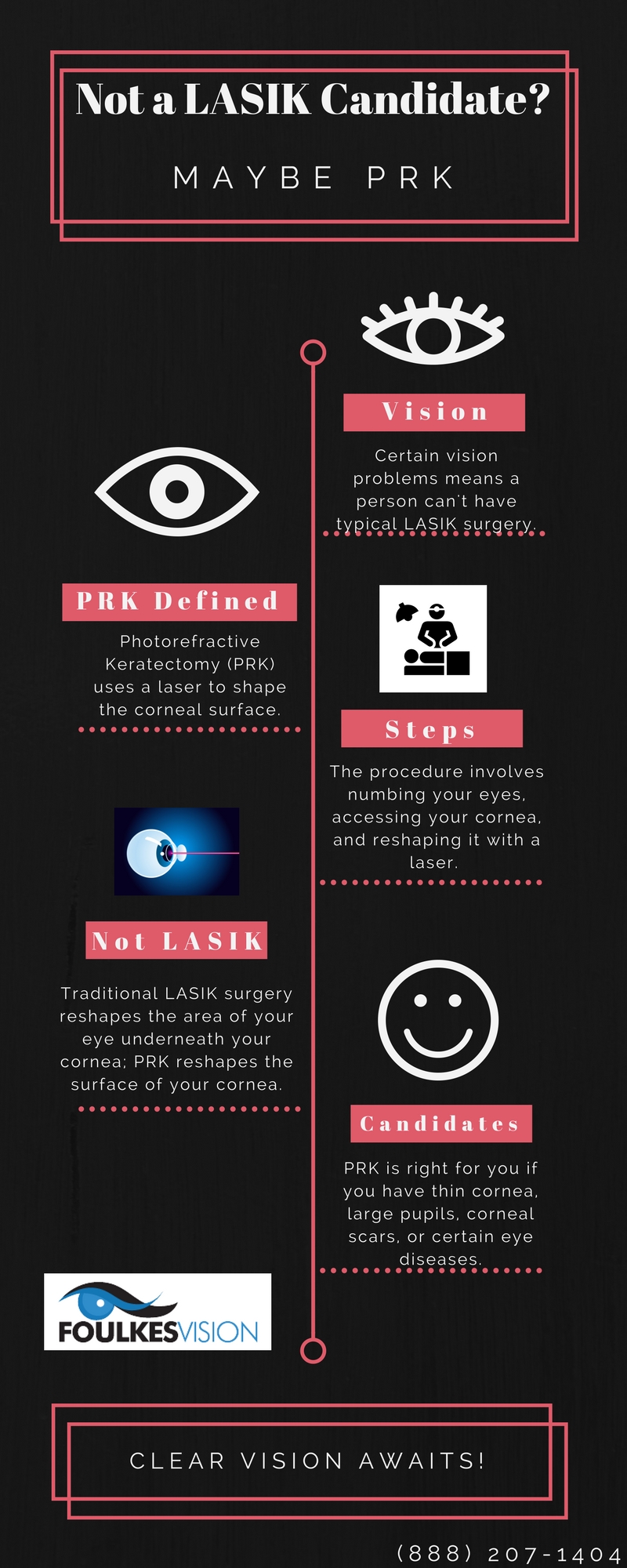SMILE Eye Surgical Procedure Is A Minimally Intrusive Technique For Vision Correction, But What Threats And Healing Information Must You Recognize?

Web Content Created By-Gissel Byrd
If you're considering vision adjustment options, SMILE eye surgical procedure might be on your radar. This cutting-edge treatment includes producing a little lenticule in the cornea to attend to nearsightedness and astigmatism. Unlike standard LASIK, it's much less intrusive and assures quicker recuperation. However, while there are considerable advantages, there are likewise dangers entailed. Recognizing both elements can aid you make an enlightened decision concerning your eye health. What's the healing process like, and what should you anticipate?
Comprehending the SMILE Procedure
The SMILE procedure, or Little Incision Lenticule Removal, is a minimally invasive eye surgery designed to fix vision problems like nearsightedness and astigmatism.
During this procedure, a laser produces a small lenticule, or lens-shaped tissue, within the cornea. You will not require any kind of stitches, as the little incision permits a fast recovery.
The cosmetic surgeon then gets rid of the lenticule via this tiny cut, reshaping your cornea to boost your vision. Unlike traditional LASIK, SMILE doesn't call for the production of a large flap, which can bring about fewer complications.
You'll find that this technique is much less turbulent to the corneal framework, potentially boosting security. Understanding the procedure aids you really feel a lot more positive as you consider your alternatives for vision modification.
Perks of SMILE Eye Surgical Treatment
While thinking about vision improvement choices, you may locate that SMILE eye surgical procedure offers several engaging benefits.
First, it's minimally intrusive, calling for just a small laceration, which indicates less disruption to your eye framework. This brings about quicker recovery times and less pain contrasted to typical LASIK.
SMILE Procedure Comparison Explained 'll additionally appreciate its precision; SMILE uses sophisticated laser modern technology to improve the cornea, offering exceptional outcomes for nearsightedness and astigmatism.
In addition, numerous patients report improved visual quality, with fewer circumstances of glare or halos. Since there's no need for a corneal flap, your eyes stay more stable post-surgery.
Last but not least, the procedure normally takes just a couple of minutes, enabling you to return to your everyday activities much faster than with various other methods.
Possible Dangers and Recuperation Refine
Although SMILE eye surgical treatment is generally safe, it is essential to be familiar with possible threats that can occur during or after the procedure. Some people may experience temporary negative effects like dry eyes, glow, or halos around lights.
In rare cases, complications such as infection, vision loss, or the need for additional surgical procedure can take place.
SMILE Surgery Outcomes Outcome Stats includes a few days of rest and preventing exhausting activities. You ought to follow your doctor's post-operative guidelines very carefully, including using prescribed eye drops and participating in follow-up consultations.
Several clients notice boosted vision within a few days, however full recuperation can take weeks. Staying client and giving your eyes time to heal is important for the very best end result.
Conclusion
To conclude, SMILE eye surgery provides a contemporary, minimally intrusive option for remedying nearsightedness and astigmatism. With its quicker recuperation time and minimized pain, it's an enticing option for several. Nonetheless, it's essential to weigh the prospective threats versus the advantages. By remaining educated and following post-operative care, you can optimize your opportunities of an effective outcome. If you're considering this treatment, seek advice from your eye care specialist to identify if it's right for you.

